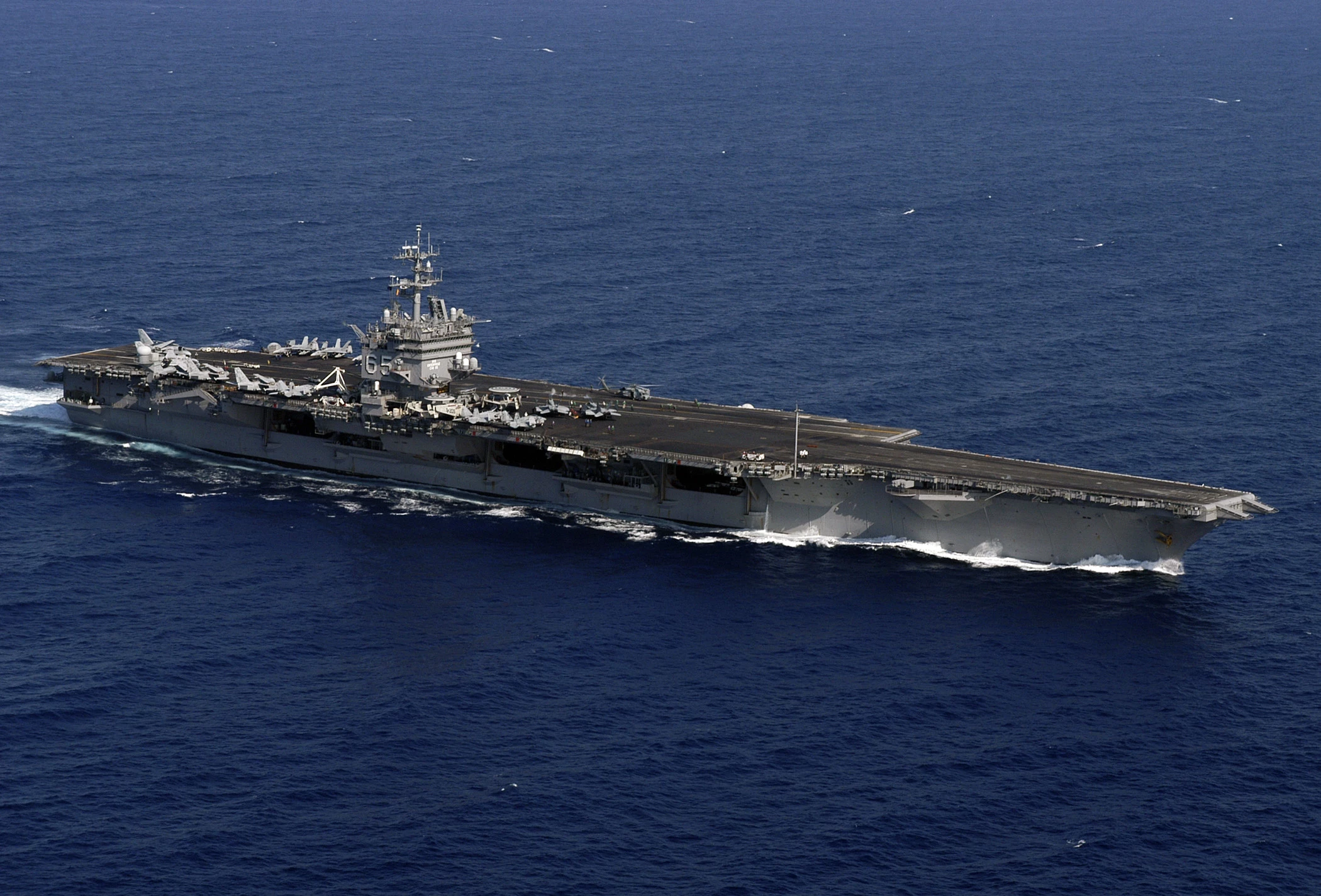Boeing has been awarded a US$30-million contract to develop a supersonic ramjet missile demonstrator in cooperation with the US Navy’s Air Warfare Center Weapons Division. The Supersonic Propulsion Enabled Advanced Ramjet (SPEAR) flight demonstrator will be used to help determine technical requirements for future missiles to defend Navy carriers.
One of the few constants when it comes to naval warfare is that nothing is constant. Just as the balance of power between nations is always in flux, the threats faced by naval forces and the ways to counter them are ever-changing.
One example is the aircraft carrier. These giant floating airfields are almost the definition of great power and status in the 21st century. They allow nations to operate around the globe – often completely independent of local bases, as they provide both the means to project power and to give immediate and substantial aid in the event of natural disasters.
The problem is that although carriers are formidable weapons, they are also vulnerable, which is why they are always accompanied by a carrier group of ships to provide protection against submarines, missiles, and aircraft.
Even the fighter wing of a carrier must adapt to threats. A modern fighter plane may pack quite a punch, but modern air defenses mean that aircraft are being designed more and more, not as dog-fighters, but as stand-off platforms to launch attacks from over the horizon.
This is part of the rationale behind SPEAR – to make strike fighters operating off carriers more lethal and able to counter threats without exposing themselves to unnecessary danger. Supersonic ramjet missiles aren't new. They've been deployed since the 1940s, but a solid-fuel ramjet missile like the MBDA Meteor that can be carried by strike fighters is a relatively new development.
For the new contract, Boeing and the Navy will produce a SPEAR demonstrator by late 2022 that will provide the technical information required for practical carrier-based land and sea strike weapons systems.
"The SPEAR flight demonstrator will provide the F/A-18 Super Hornet and carrier strike group with significant improvements in range and survivability against advanced threat defensive systems," says Steve Mercer, Boeing’s SPEAR program manager. "We have a talented team of engineers to meet the challenging technical demands and schedule timeline that the SPEAR program requires. We look forward to working with Navy experts to advance technologies for the Navy’s future capabilities."
Source: Boeing





